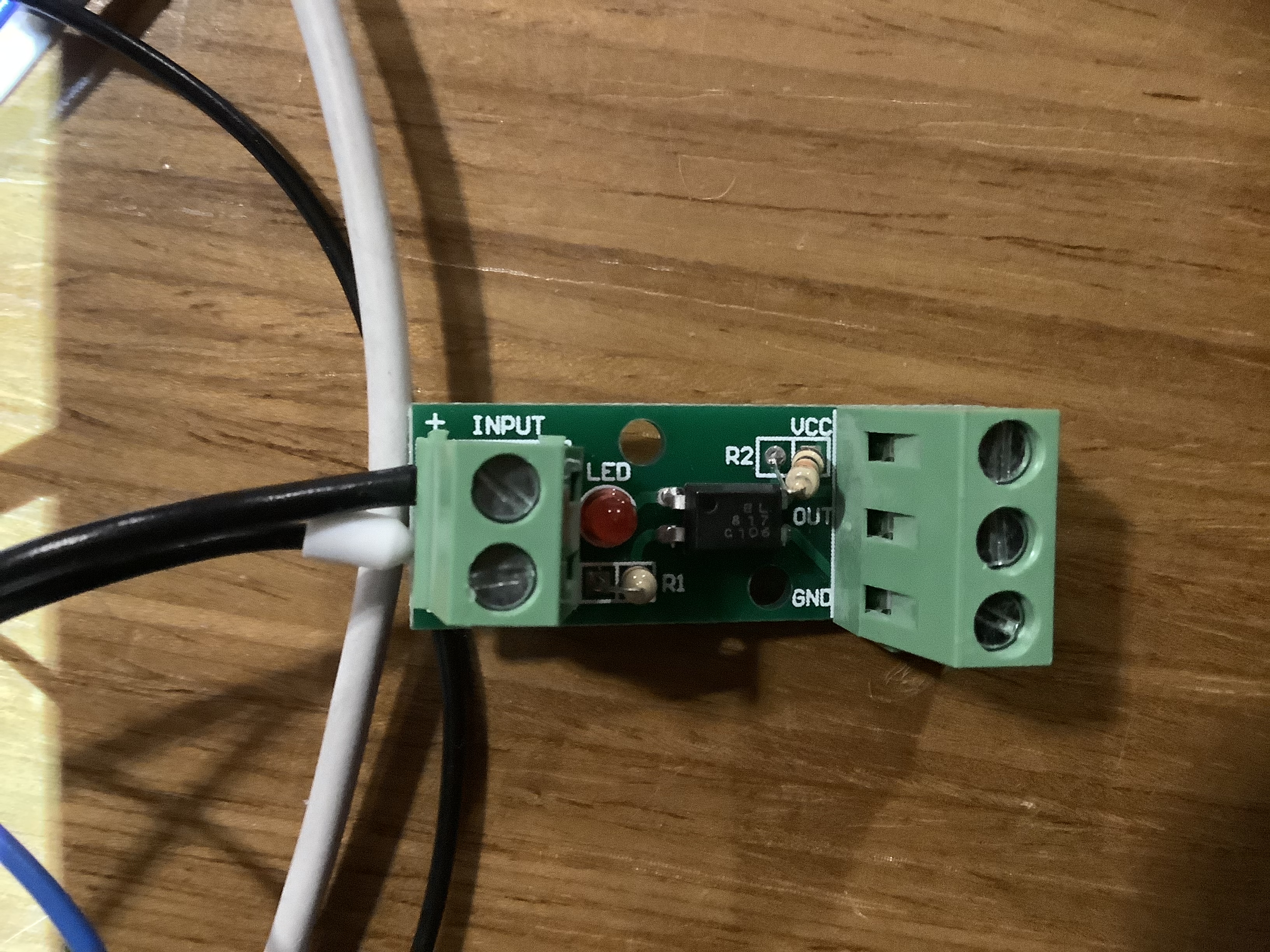Community, I’ve installed a Cerbo GX. I think I’m happy with the relay functionality. 3v3 octocouple relay to allow power to a 12v fan. The digital inputs are a whole other issue and are doing my head in.
I’ve read the manual and some background stuff but I think I’m not getting it.
1. Are the inputs powered at 3v3? Do I just need to complete a circuit to change the input state, I.e. short across the digital inputs (I don’t think this is the case but I need to check)?
2. So what I‘d like is a digital signal when the bilge pump goes on. Here’s what I think I need to do… Put a relay across the pump power. Have that provide a 3v3 signal to the cerbo digital input. I’m aware that I need a diode or octocouple to protect the cerbo from inductive current/voltage due to the relay coil. The problem is I can’t find such a circuit anywhere.
3. Because I can’t find anything it makes me think I’m way off with my plan. Can you guys suggest a better way of getting an on/off output from the bilge pump?
Thanks in advance,


